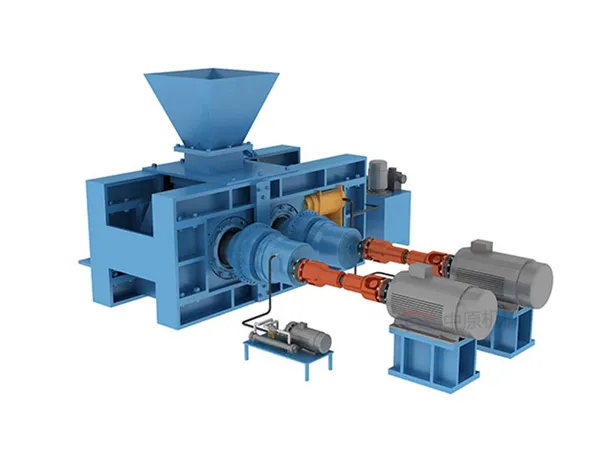What is the reduction ratio of high pressure grinding rolls?
The reduction ratio of a High-Pressure Grinding Roll (HPGR) refers to the ratio of the feed particle size to the product particle size after crushing. It’s an important parameter in evaluating the efficiency and performance of the HPGR.
The reduction ratio can vary widely depending on several factors, including:
Feed Size: The size of the material fed into the HPGR.
Hardness and Type of Material: Different materials break down differently under pressure.
Operating Pressure: Higher pressure generally results in a finer product and a higher reduction ratio.
Roll Surface Design: The texture and pattern of the roll surfaces can affect the size reduction process.
Moisture Content: The moisture content of the material can influence the efficiency of size reduction.
Typical Reduction Ratio Range:

Standard Reduction Ratio: HPGRs generally achieve reduction ratios in the range of 1.5:1 to 3:1. This means that the output particle size is typically between on third and two-thirds of the input size.
Higher Reduction Ratios: In some cases, especially when processing softer or more friable materials, or when the HPGR is used as a tertiary or quaternary crusher, the reduction ratio can exceed 3:1, potentially reaching 4:1 to 5:1 or higher.
Factors Affecting Reduction Ratio:
Feed Size and Material Characteristics:
Feed Size: Larger feed sizes generally result in lower reduction ratios.
Material Hardness and Abrasiveness: Harder and more abrasive materials typically require more energy to reduce in size, often resulting in lower reduction ratios.
…
For more detailed information about the reduction ratio of high pressure grinding roll, please click to visit: https://www.zymining.com/en/a/news/high-pressure-grinding-reduction-ratio.html


